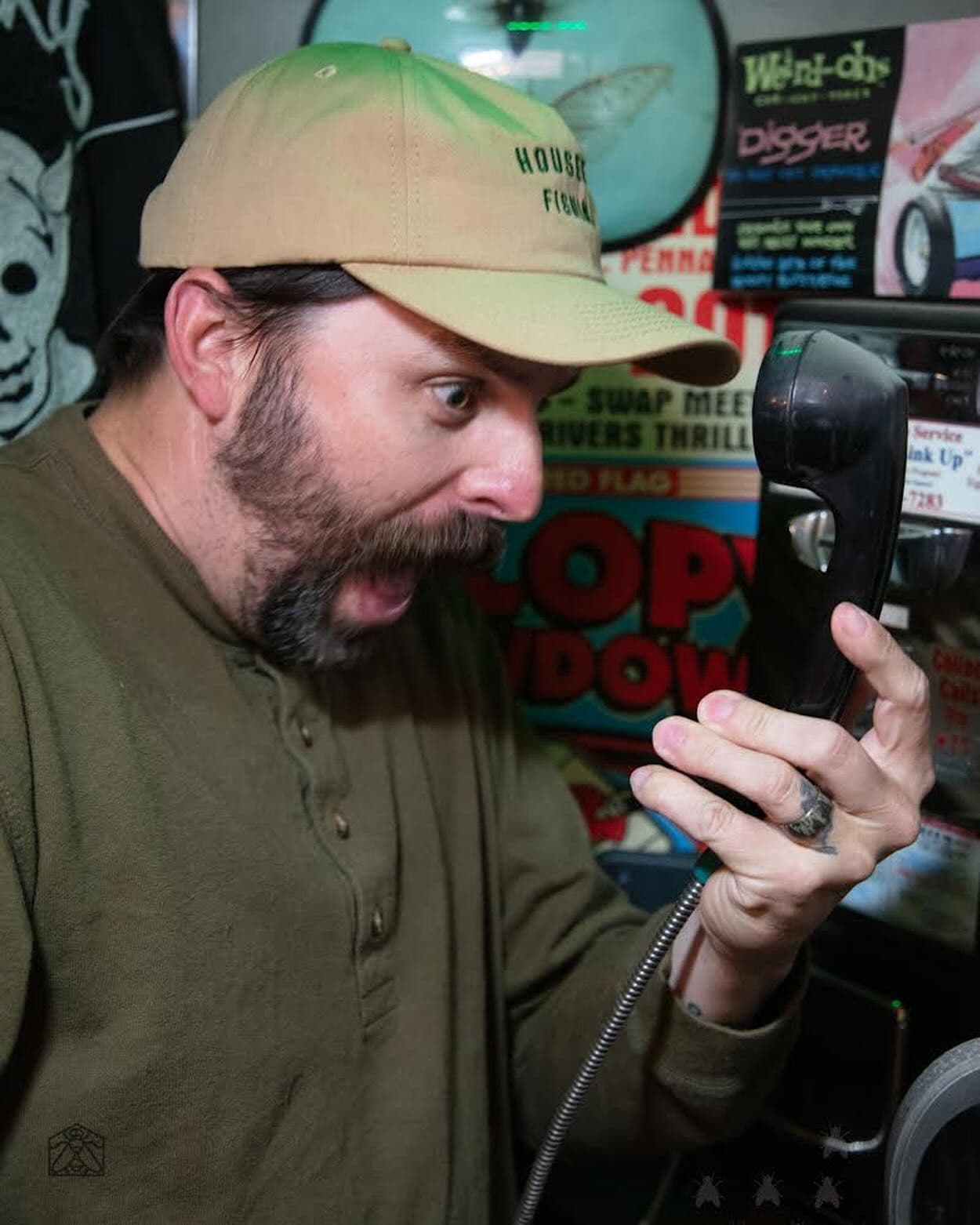
Housefly Fishing: Voices from the Lackawaxen River
by Gene Han
Nestled right on the banks of the Lackawaxen River in Northeast Pennsylvania sits Housefly Fishing, a fly shop that defies all the tropes. Yes, they stock rods, reels, and sunshirts made from recycled ocean plastic. But what really sets the place apart is its clubhouse energy—part gear haven, part community hub, and fully committed to conservation with style. We caught up with Housefly Fishing’s Creative Director Tim Miller to talk about culture crossovers, community clean-ups, and why their merch might just be the coolest in the fly world.
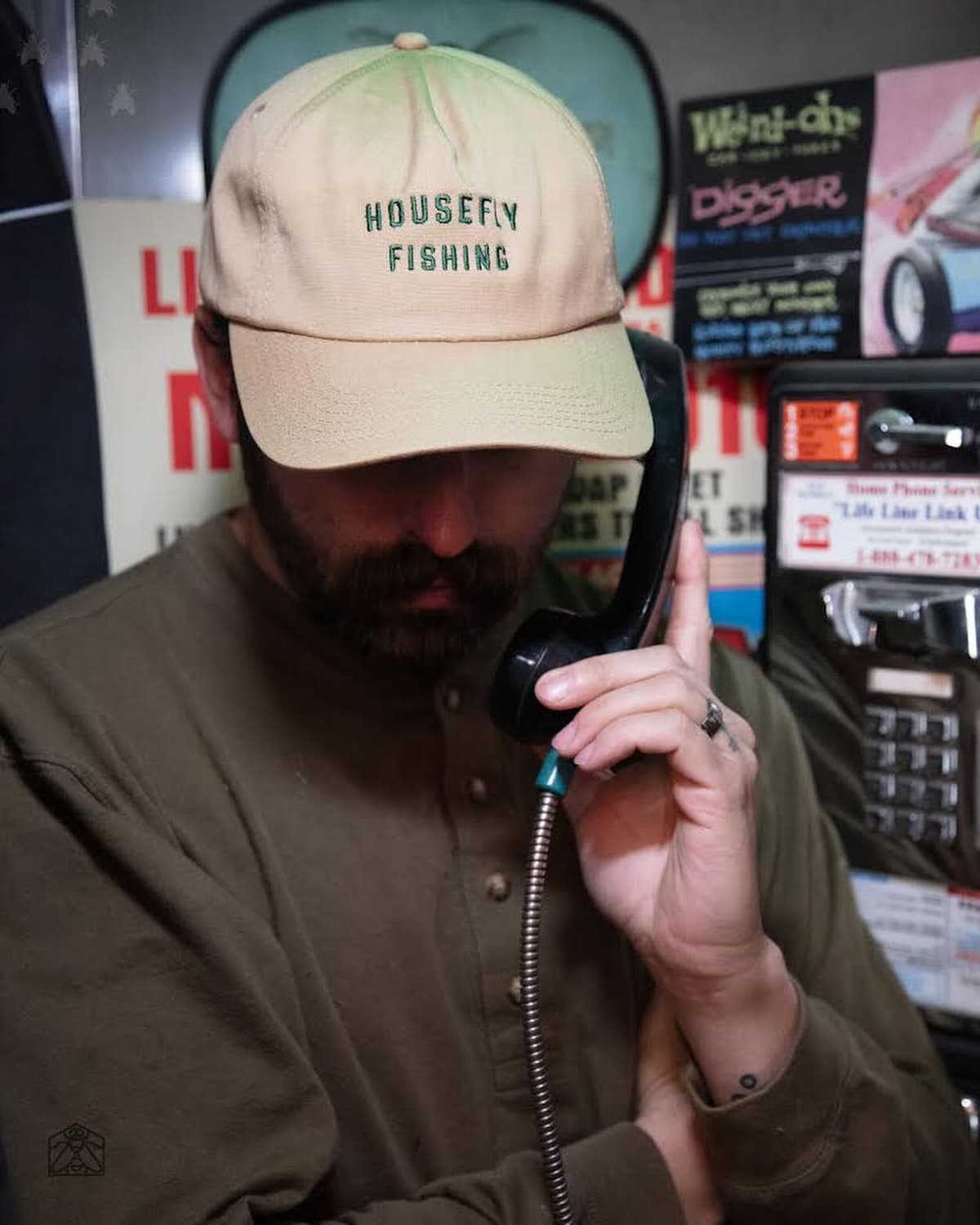
Good Design for the Great Stream
Q: First off, how did you land on the name Housefly Fishing?
Tim: One of our partners, Sean Witman, started the business selling flies out of his house. When we got together to open a brick-and-mortar, we considered a name change, but ultimately combined Sean’s House Fly Fishing into Housefly Fishing—and adopted the Musca domestica as our mascot.
Housefly filters its aesthetic through hands-on expertise and gritty authenticity. Their apparel line—graphic tees and sheeting hoodies—lives at the nexus of tattoo‑artist grit and river‑worn sensibility. The gear reflects the same intention: fly boxes, bags, reels designed not just to perform but to age well beside your waders.
Their collaboration with Seattle heritage outfitter Filson—launched May 1, 2025—is less hype capsule and more logical extension of Housefly’s ethos: the Ranger Waistpack with detachable shearing patch, the quick‑dry UPF wading pants, and printed lodge shirts feel as functional as they do conversational. Each silhouette whispers “streamside, not showroom.”
Q: Your shop is uniquely located right on the Lackawaxen River. How does that influence your brand?
Tim: The Lack is a pretty underutilized fishery with great access. It has everything from trout to striped bass, so we try to carry a little bit of everything for a bunch of species.
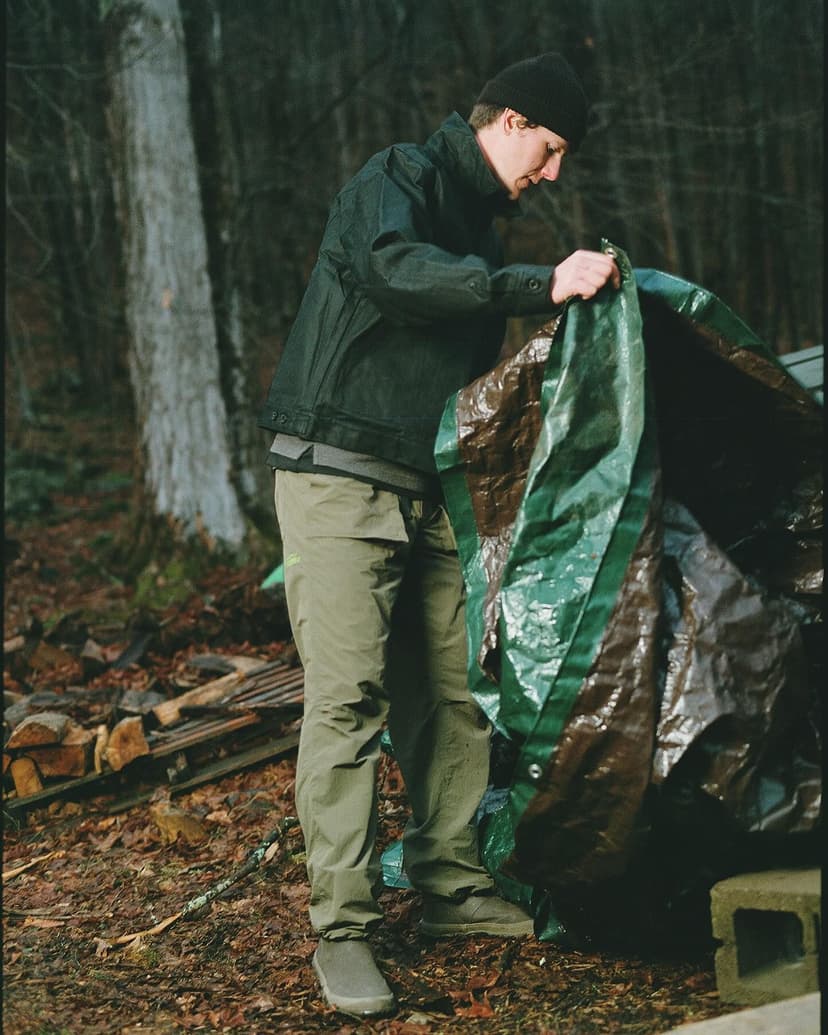
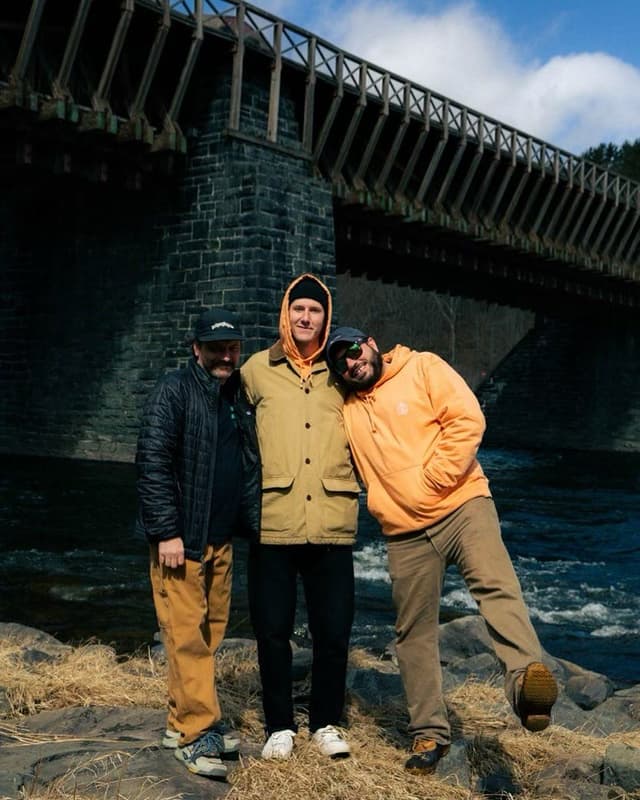
Conservation at the Core: “Get Trashed” Redux
More than retail, Housefly anchors its identity in stewardship. Every August, since 2017, the Upper Delaware hosts the annual Get Trashed cleanup—loyal anglers comb the river by boat and shore to exhume everything from car tires to vintage VHS camcorders. This isn’t activism for optics; it’s the kind of practice that doubles as social ritual and ecological duty.
The event’s evolution—each year pulling less waste—tells a story in reverse: progress, shared legacy, and a cultural shift in responsibility. Float in on a kayak, stay late for camp, pull garbage with strangers who end up becoming friends—that’s Housefly’s river‑town ethos in action
Q: Tell us about your community ethos—clean‑ups, fly‑tying nights, events. How integral is that to your identity?
Tim: Community is a huge factor for us. Any specialty retailer is nothing without a scene. We started doing clean-ups years before the shop opened and still organize a few each year. Fly fishing is often seen as a solitary pursuit, but like most things, it’s more fun with friends. The clean-ups are a great way to meet like-minded folks.
Q: Your product range is expansive—rods, reels, lines, apparel, even home‑goods and dog merch. What’s the unifying vision?
Tim: Retail is tough, so we try to have something for everyone—from the old-school dry fly head to the kid just graduating from spin gear to a fly rod. We only sell and make stuff we’d actually use (and abuse) ourselves.
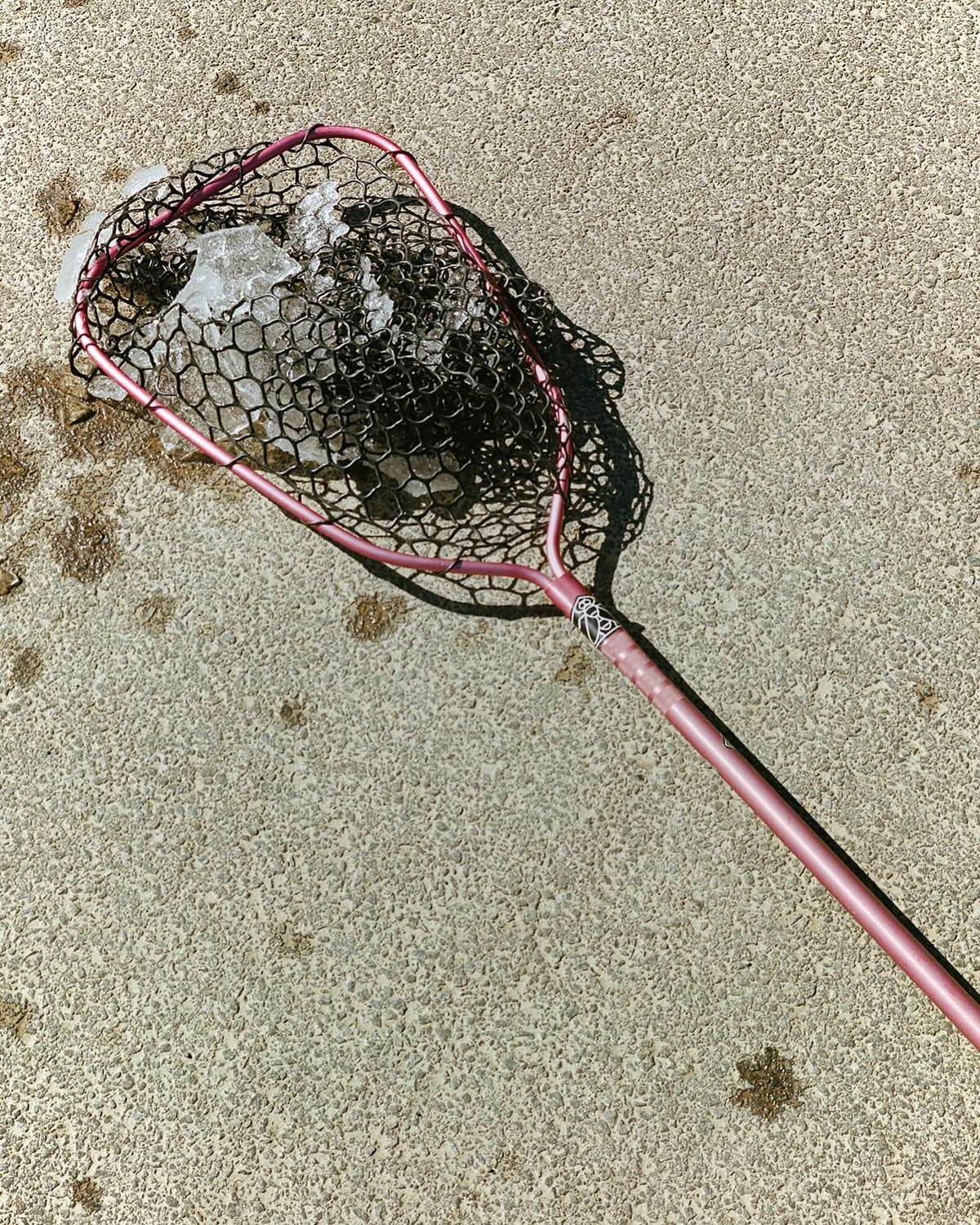
No products available.
Q: How do you balance commercial success with conservation?
Tim: That’s always top of mind. We try to partner with brands that share our values and support the same environmental nonprofits. For example, our new sunshirts are made from recycled ocean plastic—we searched for over a year to find the right blank.
Q: How do you ensure the quality and durability of your products?
Tim: Most of the tackle brands we carry offer excellent warranties and repair programs. Like, if you buy Patagonia waders, you're paying more upfront, but they’ll last forever—and they'll fix them if anything goes wrong. That’s real conservation.
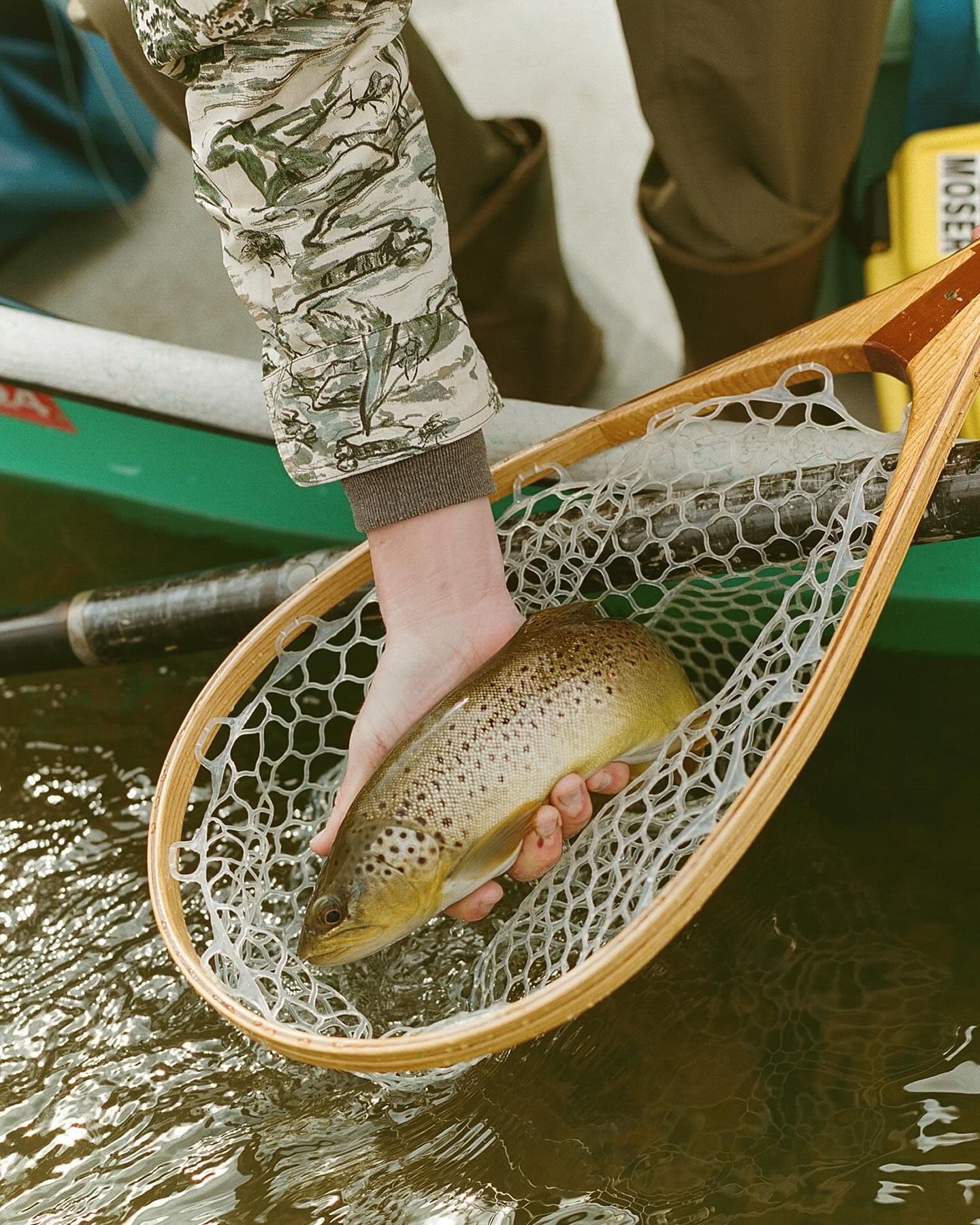
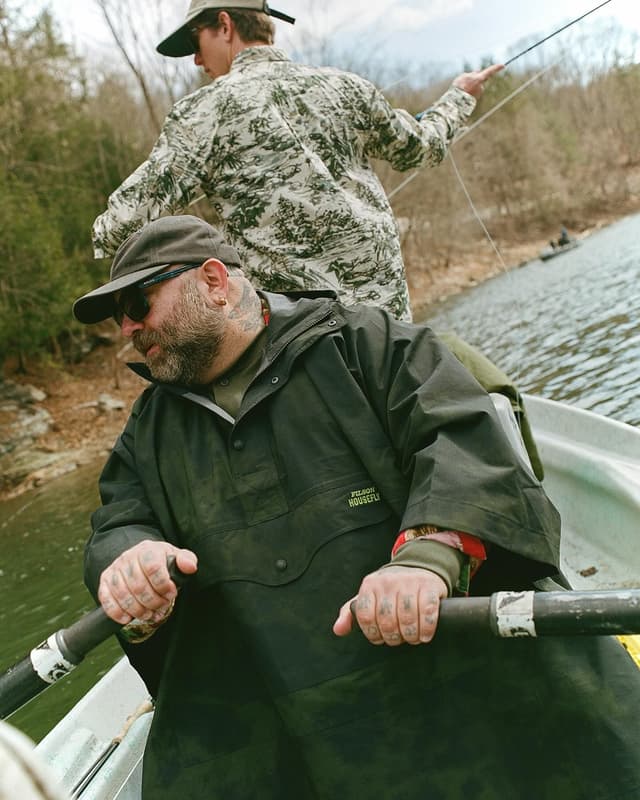
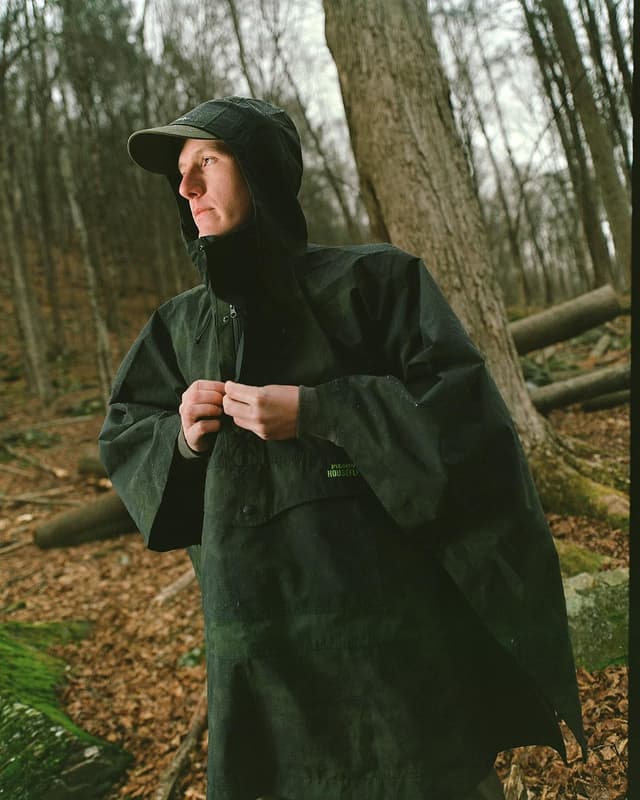
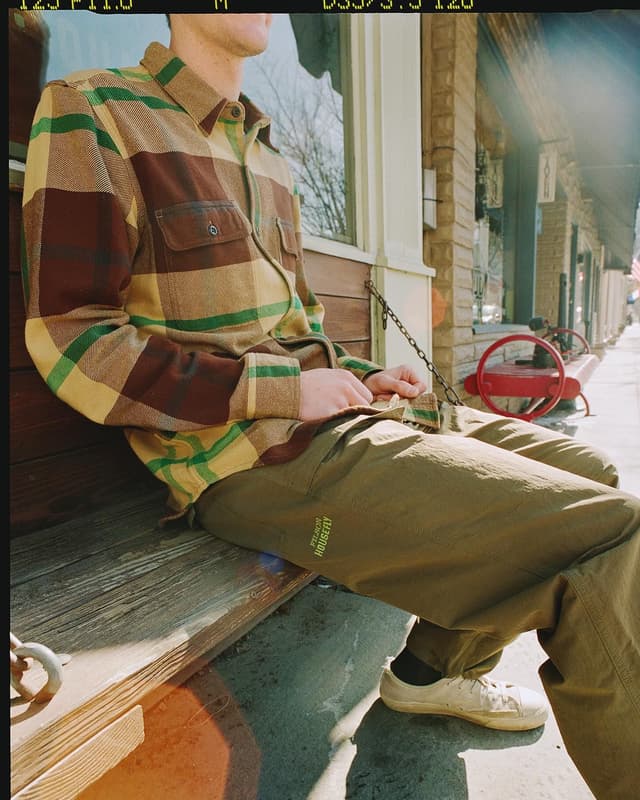
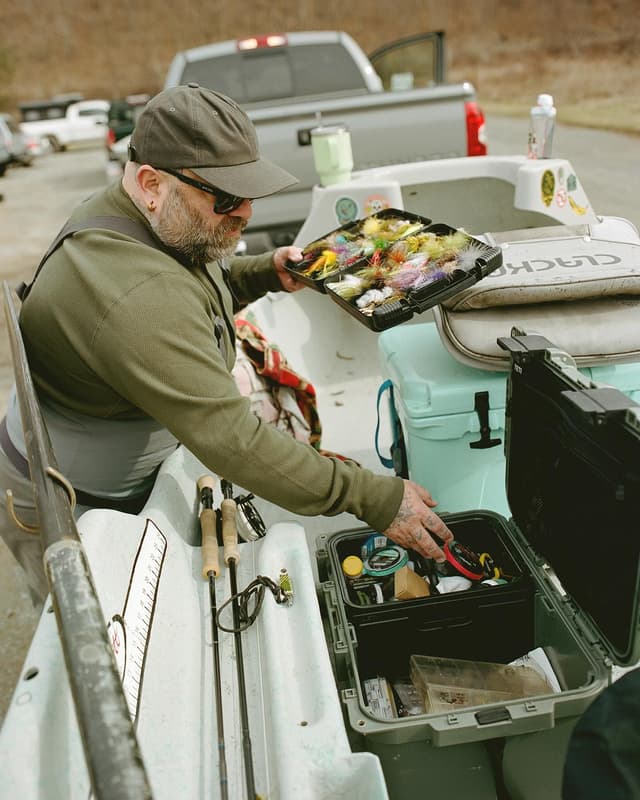
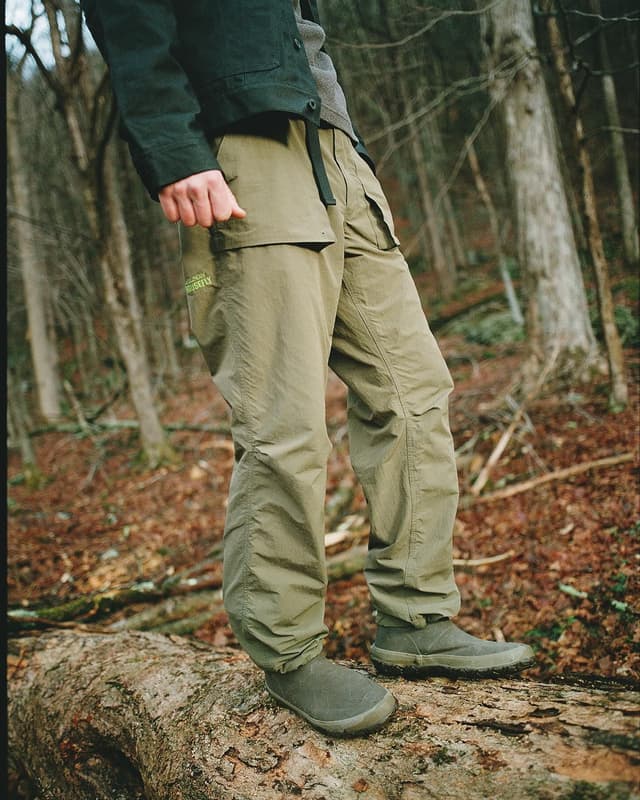
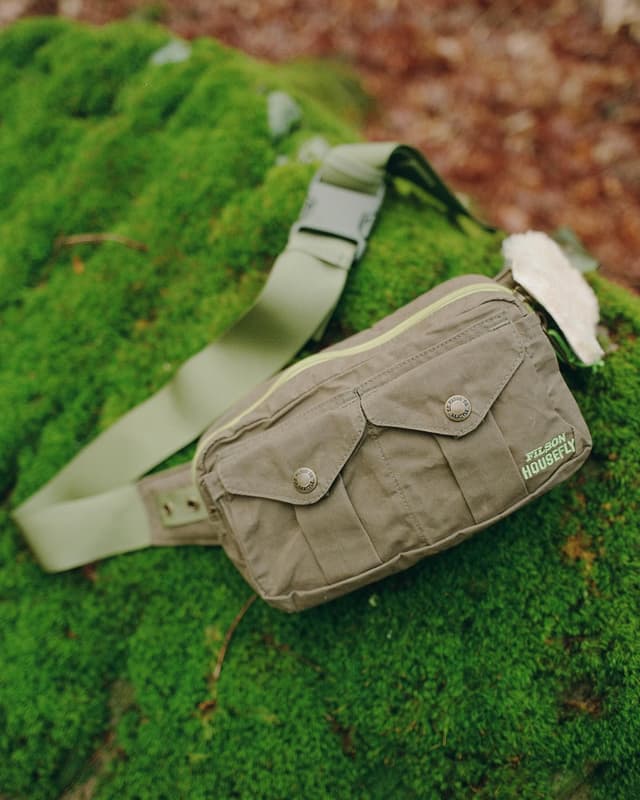
Why They Matter
Regional Voice, National Attention: Founded by fly enthusiasts turned entrepreneurs, Housefly fills a gap in Eastern fly‑fishing culture. Their voice connects local anglers with wider conversation through podcasts, social channels, and clean‑up activations.
Design-Driven Gear: Everything from their branded candles to fly‑tying supplies is imbued with Housefly’s sense of irreverent craftsmanship—there’s humor, utility, and story behind each acrylic box or sticker.
Community as Infrastructure: Events like fly‑tying nights, store hours Thursday to Monday, and their newsletter (“all things HOUSEFLY!”) cultivate a neighborhood vibe woven into a larger eco‑conscious narrative.
Q: How would you describe your average customer?
Tim: Literally all over the place. We’ve become a destination shop, which is super flattering.
Q: What market trends are you currently observing in the fishing industry?
Tim: A lot of younger people are getting into fly fishing, many from a skateboarding background—like all of us (though we’re not exactly young anymore, lol). People care about how gear looks as much as how it works.
Q: How does Housefly Fishing differentiate itself from competitors?
Tim: Our merch is arguably the coolest of any fly shop in the world. We also carry brands you won’t find anywhere else—especially in our region.
Q: What’s the one thing you hope people feel when they walk through your door?
Tim: Regardless of skill level, gender, race, or background. fly fishing isn’t just for old rich white men.
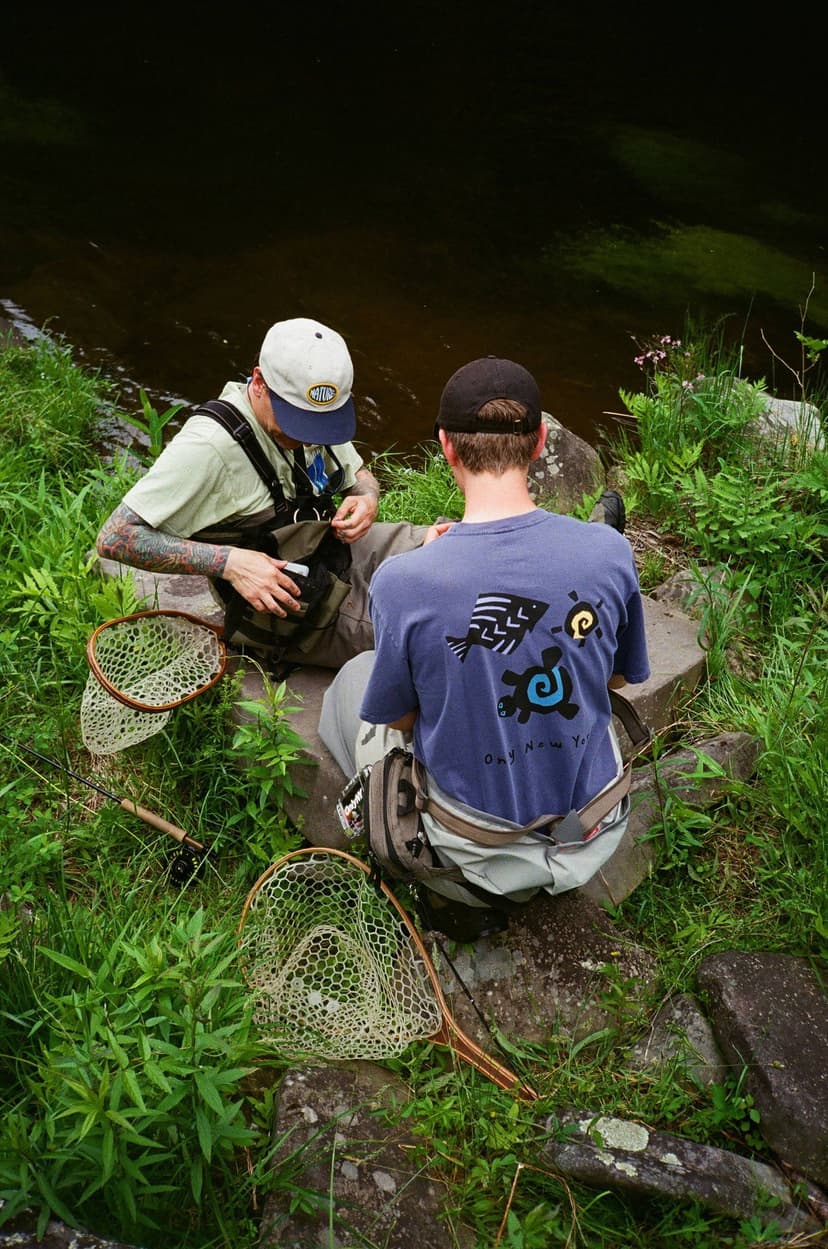
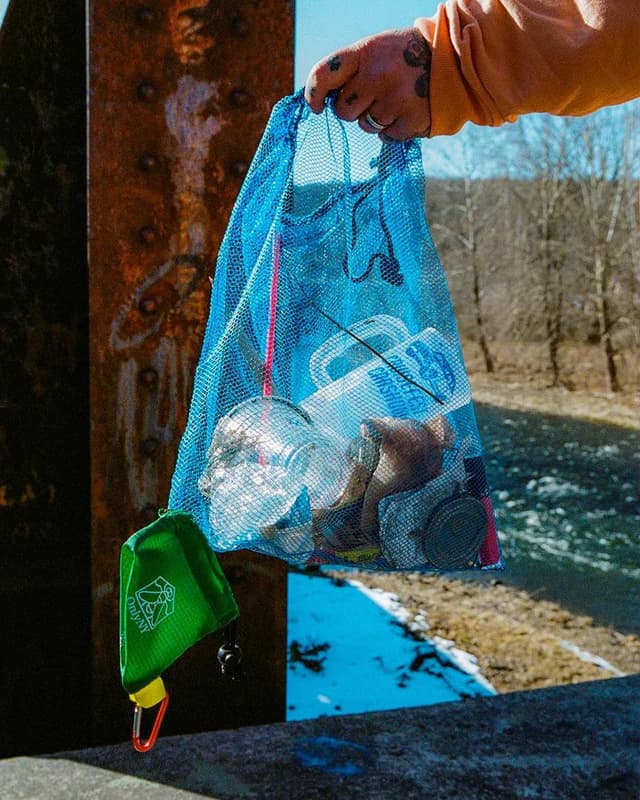
What Sets Housefly Apart
Rooted in Place, Styled for Today
While influenced by the rugged legacy of mountain‑town fly shops, Housefly’s aesthetic leans urban—with graphic tees, clean lines, humor and authenticity aligning with Gorpcore’s irreverence.
Q: What’s the weirdest thing you’ve seen in the shop?
Tim: Nothing too outrageous. We’re sandwiched between two bars, so we get some funny drunks, but that’s about it.
Q: What’s the best advice you’ve ever heard in the shop?
Tim: Our friend Nick once said, “You never meet anyone OK in fly fishing. You either meet friends for life or people you never want to talk to again.” That’s pretty true, lol.
Purpose Built, Not Brand-Built
Gear exists to be used: signs urging “Please Don’t Kill Your Catch,” waders meant for real water, packs designed for the angler who remembers why non‑barbless hooks matter.
Q: Are there any upcoming events or collaborations you’d like to highlight?
Tim: We’ve got our big annual river cleanup at the Delaware River Club on August 15–16, 2025 and we’re helping out at the All Species Fly Tournament at Oxbow Brewing in Maine from September 19–21.
Q: What are Housefly Fishing's long-term goals and aspirations?
Tim: Keep growing. We’d love to do more technical cut-and-sew pieces.
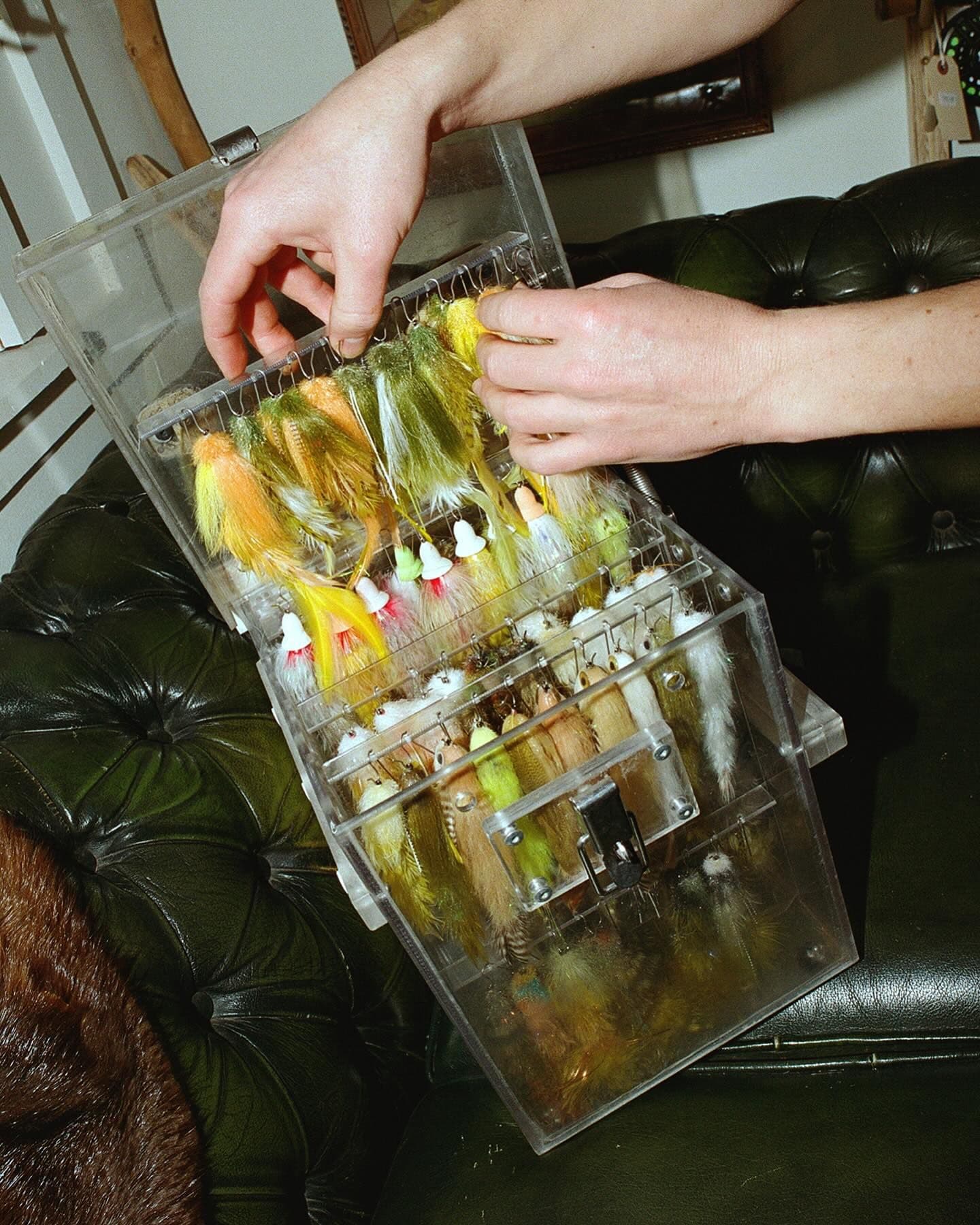
Streamside Style Meets Purpose
Housefly Fishing resonates because it refuses to be just another brand. It inhabits a synthesis of design sensibility, local commitment, fly-fishing expertise, and conservation habit. It’s a shop defined not by skyscraper ads, but by the people who show up for clean‑ups, who tie flies in their garage, and who recognize that style isn’t just what you wear—it’s how you live in the outdoors.
For readers who care about quality gear that matters, outdoor culture that’s inclusive, and a river — not runway — signature, Housefly Fishing is East Coast ethos refactored for the modern angler.
What makes Housefly Fishing special isn’t just the gear (though it’s top-notch), or the events (which are full), or even the location (riverside perfection). It’s the emotional architecture—built out of laughter, river foam, split-shot wisdom, and fly-tying scraps.
Q: Thanks for taking us behind the curtain. Any final message for your community?
Tim: Crush your barbs and pack it in, pack it out.
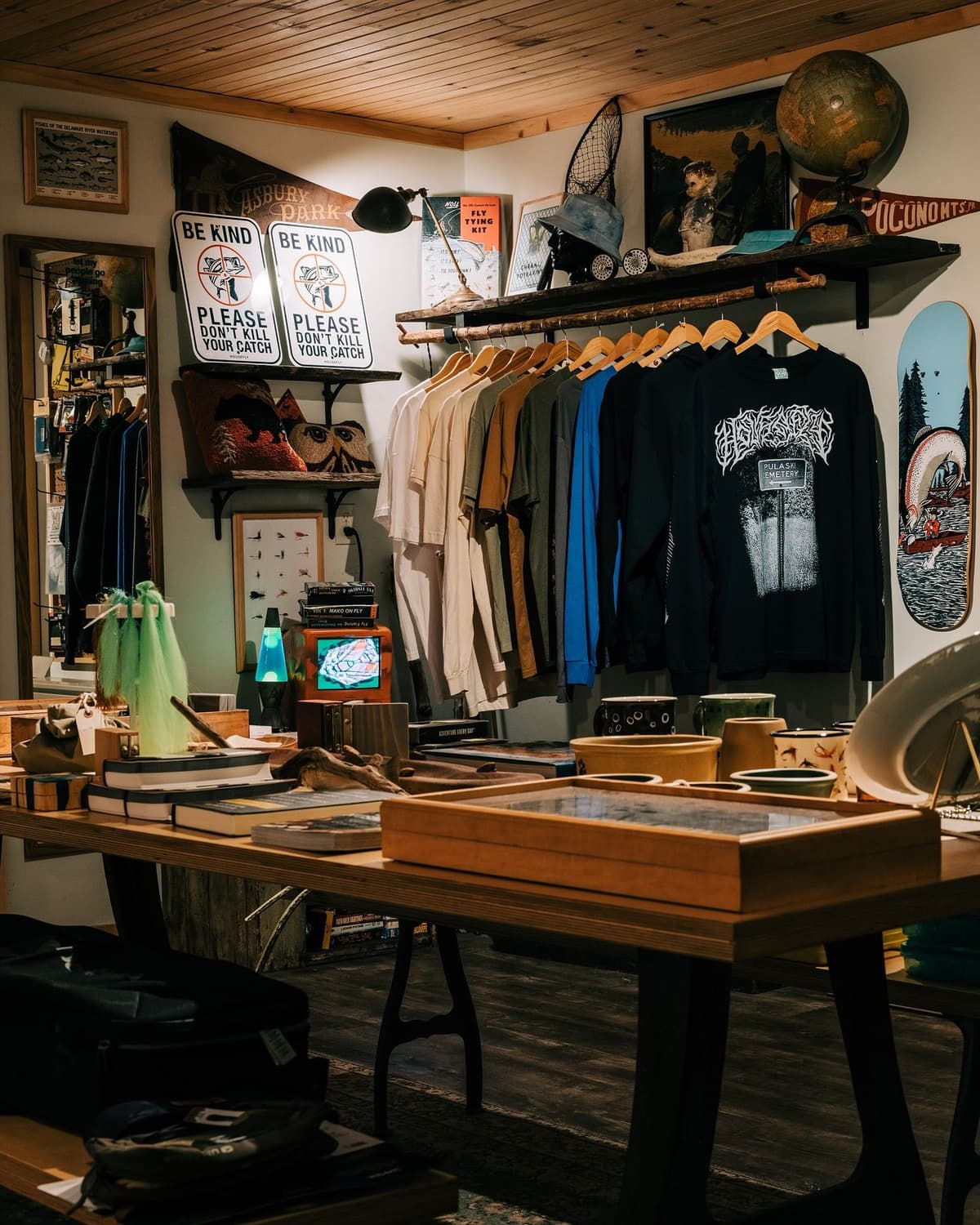
Check out Housefly Fishing IRL or on WEEKENDS for gear, good vibes, and maybe a few funny drunks from next door.